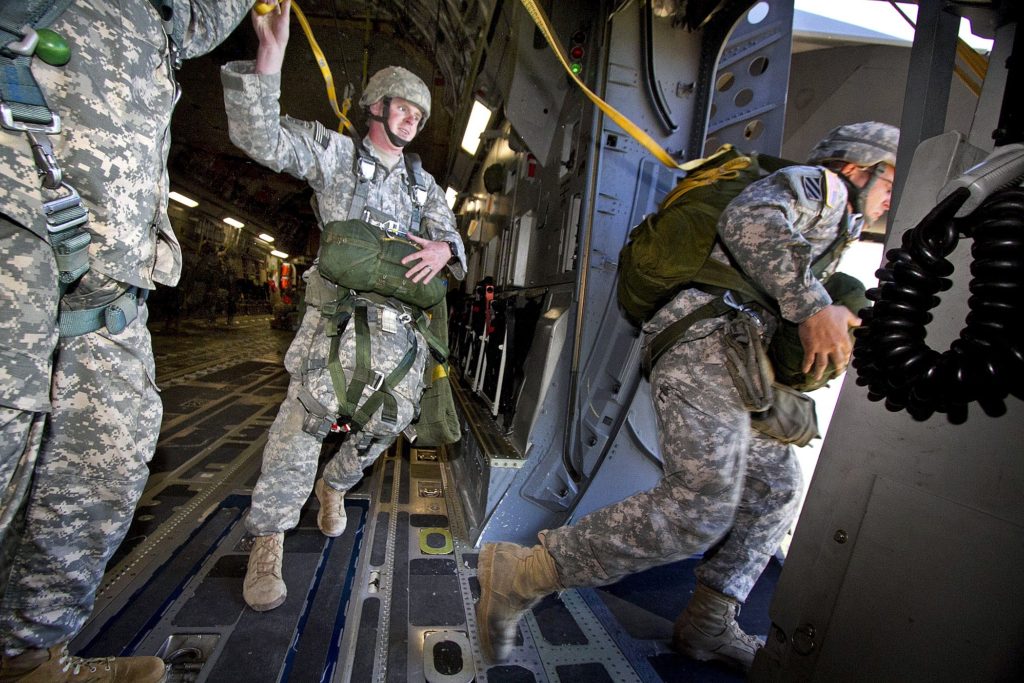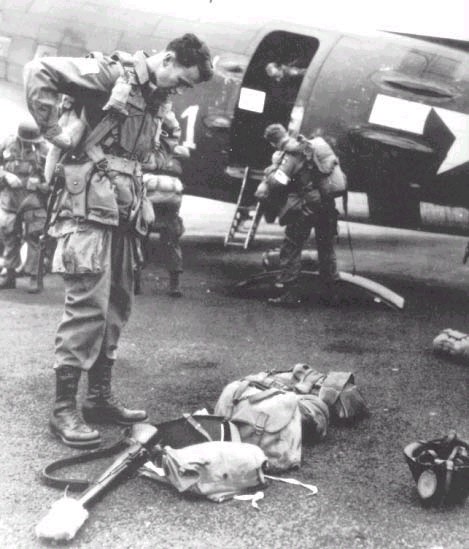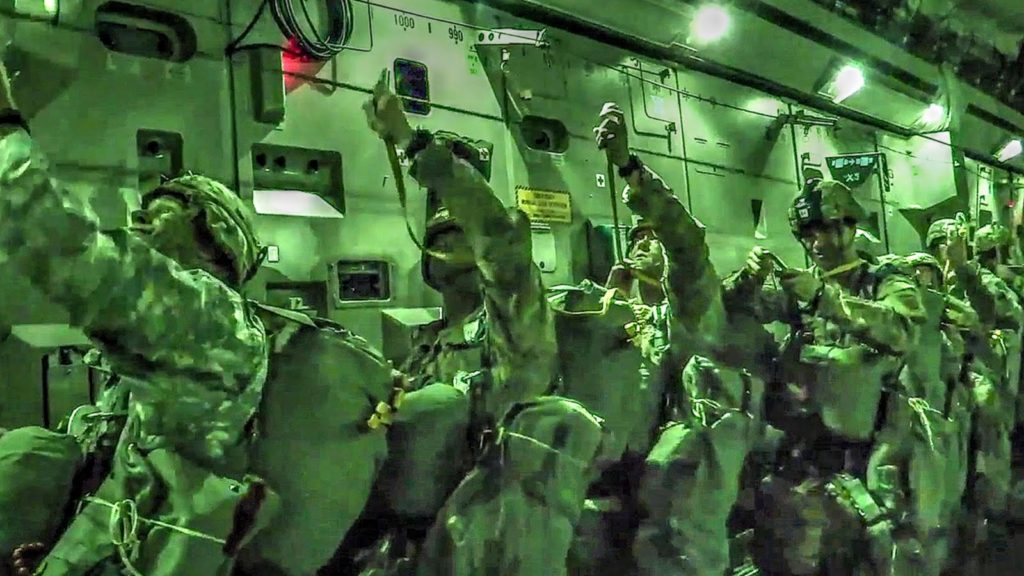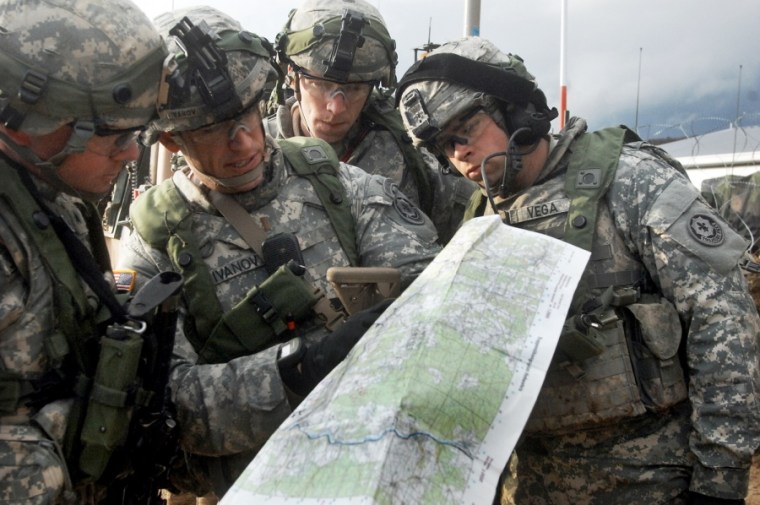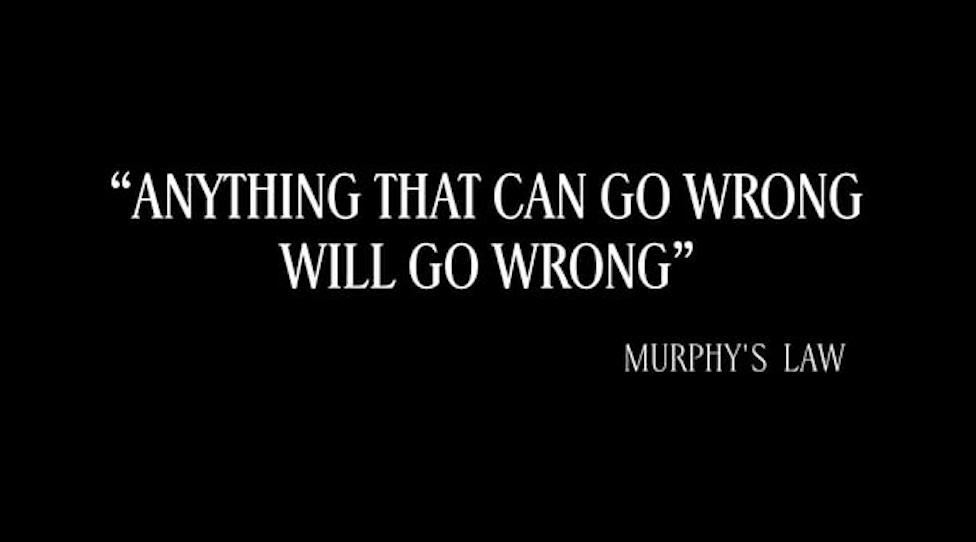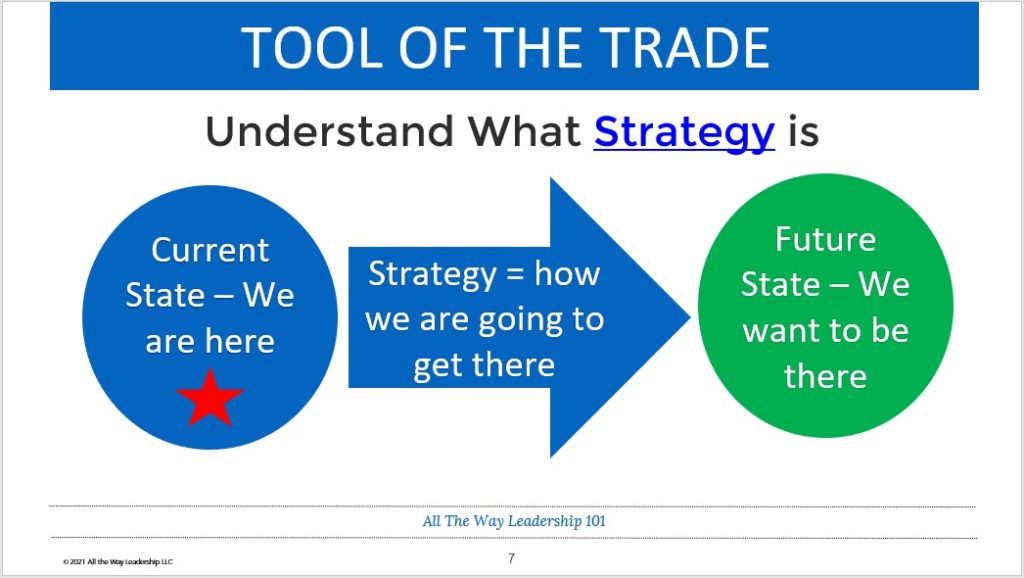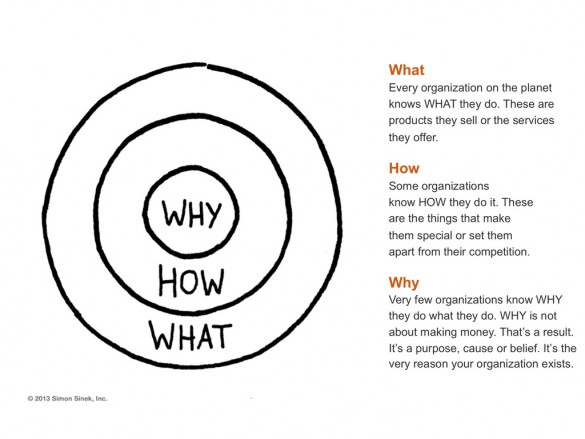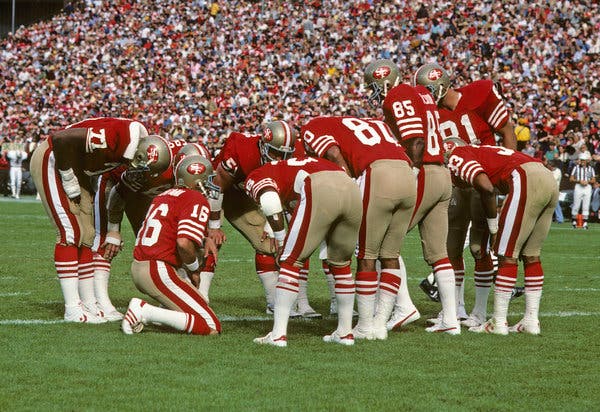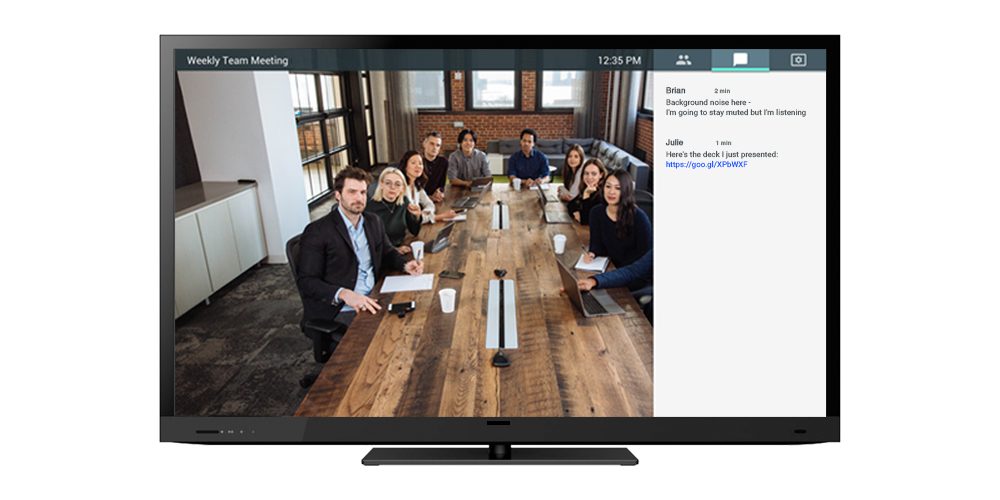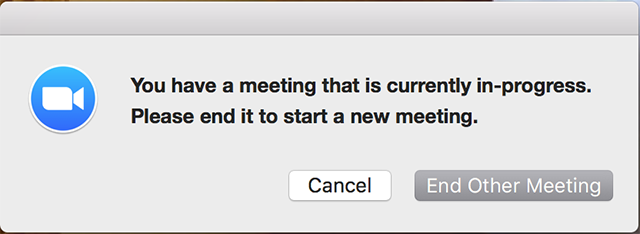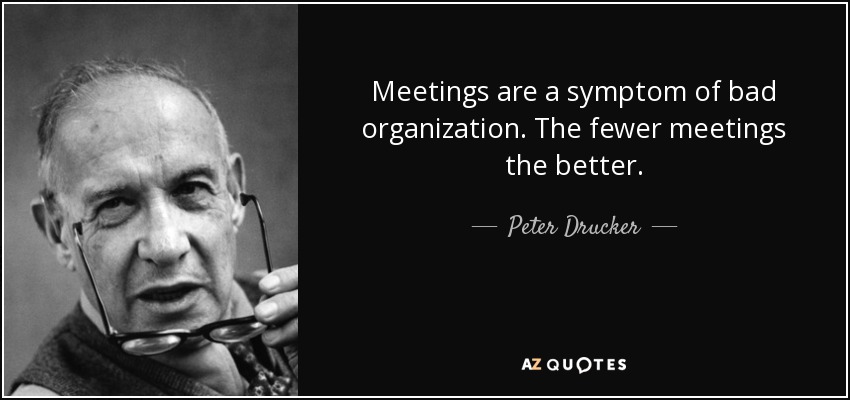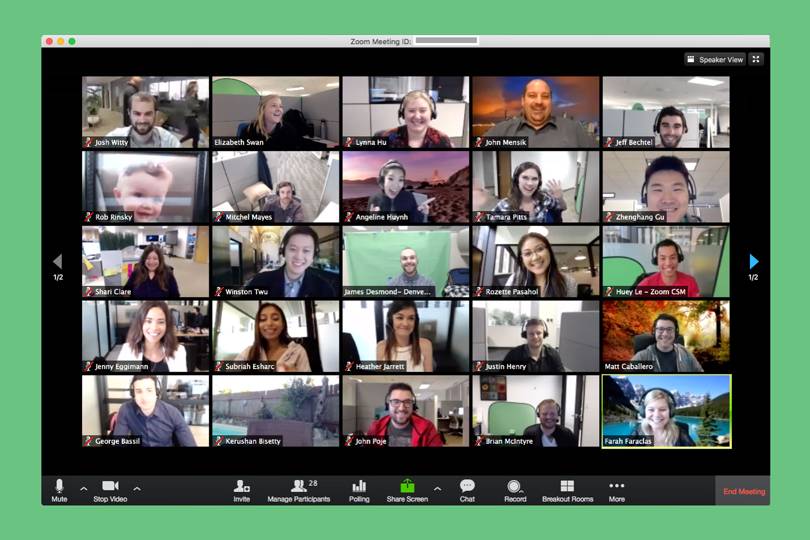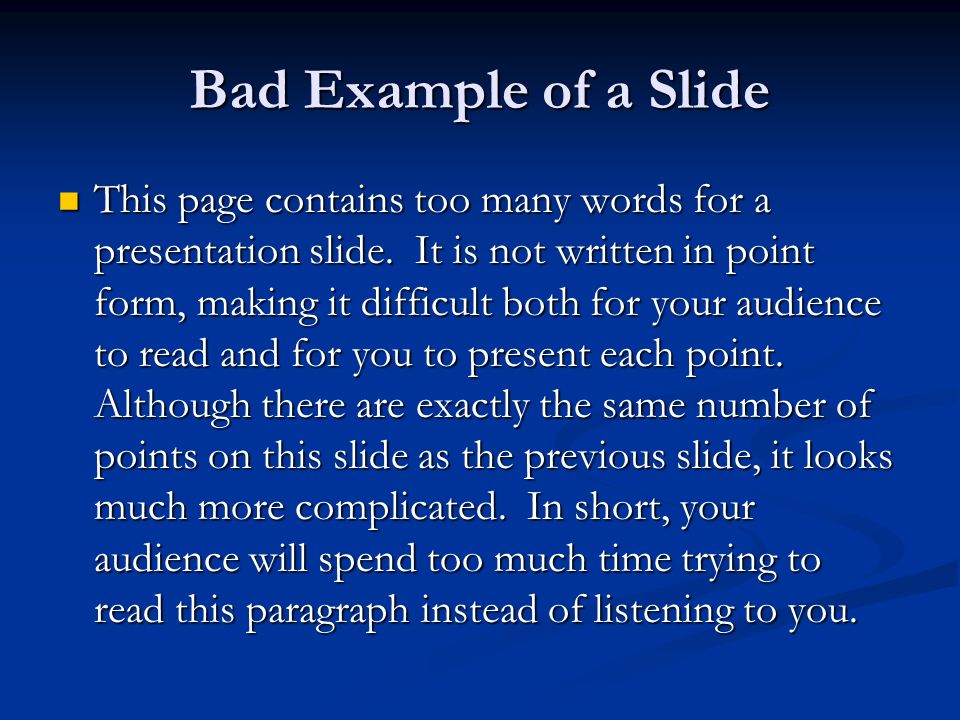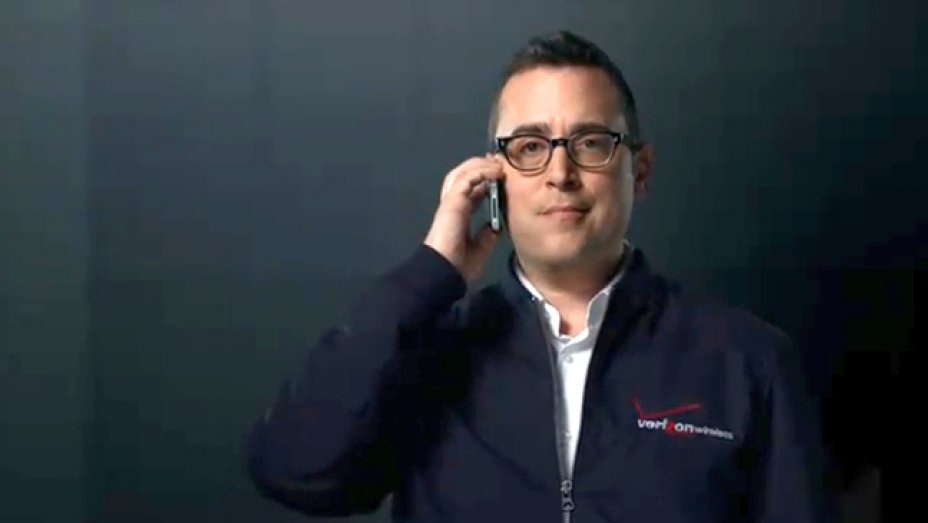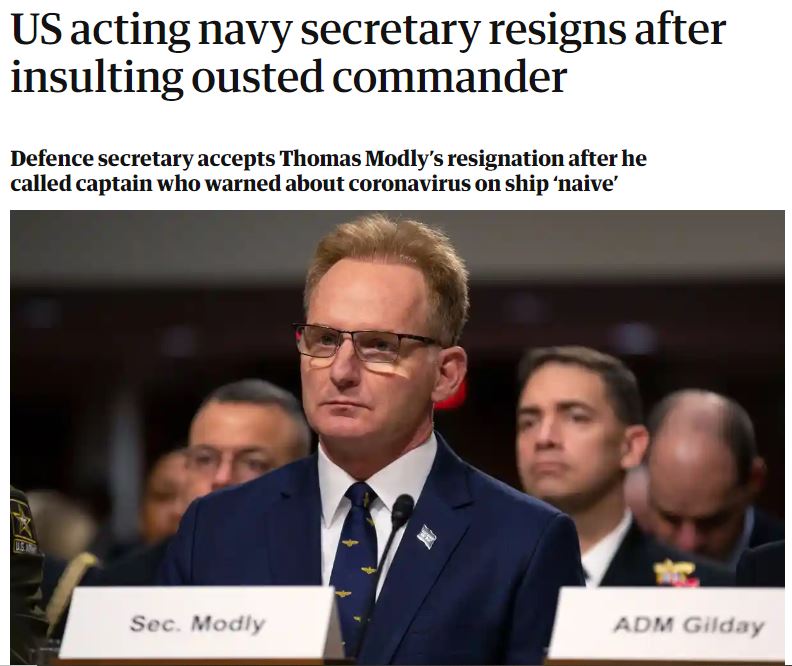Last month, I was invited to participate in a podcast recording with one of my good colleagues, Gino DeGregori. Gino is the host of the Kind Leadership Podcast. He is on a quest to redefine leadership through the lens of empathy, compassion, and integrity. I enjoyed the conversation immensely and wholeheartedly agree with Gino that we need more kind leaders worldwide. In my last blog, I shared a link to the podcast for anyone who wants to hear it and three key takeaways from our discussion. This time, I am highlighting three more takeaways from the podcast. I hope you enjoy this special edition of All The Leadership!
Takeaway #1 – kind leaders know how to handle crucial conversations
As a leader, you will face difficult times and even crises. How you act during these tough times matters a lot. People will remember what you were like when the pressure was on. Here are three strategies for how to handle these situations.
- Always treat all people with dignity and respect, especially during a difficult time. It is never okay to demean a fellow human being in the workplace. Please don’t do it!!
- Keep your cool. There is no need to yell or let loose on someone. No one likes jerks.
- Learn how to handle crucial conversations – take a class, read a book, and prepare beforehand.
The more senior you are, the more important this skill becomes. You want to be at your best when it matters the most. I am amazed at how many seasoned leaders I have worked with who did not properly prepare for crucial conversations. They tried to wing it, but it rarely turned out well. Kind leaders handle difficult times and crises well. Mean leaders don’t. The opposite happens – they get meaner, which makes everyone miserable. Don’t be a mean leader. It does not work.

Takeaway #2 – kind leaders bring positive energy
Kind leadership has a direct positive impact on both culture and employee engagement. The best-performing organization I have worked in had kind leaders who created positive company cultures. Kind leaders bring positive energy—you can feel it. Consider what it is like when any leader enters the room or joins a call. Does the energy go up? If so, it is likely a kind leader. It is not the same with mean leaders. They bring negative energy, and people don’t want to spend time in their presence.

Kind and nice leaders are not the same thing
During the podcast, I mentioned that I appreciate that Gino named his show The Kind Leader, not the nice leader. I believe there are many misconceptions about kind leadership. Some people think that to be a kind leader, you must be nice to everyone, highly emotive, soft, and squishy. Yikes. That sounds horrible to me, and it is not what kind leadership is about.

Kind leaders can be tough
I served with many tough leaders in the Army, such as paratroopers, rangers, and special forces soldiers. These leaders were badasses. Some mistakingly believe these leaders are constantly yelling and screaming at their followers because of the intense requirements of these units. The opposite is true. The toughest leaders I knew were also the kindest leaders. Was there yelling and screaming? Yes – on a rare occasion. Usually, that method was used only in certain training scenarios or for safety reasons. The norm was kind leadership.

Takeaway #3 – Three tips for aspiring leaders
I supported the excellent Booz Allen Intern program for years. Every summer, I spent time with aspiring college students, which was a real reminder that younger generations don’t think like me. Many times, they would ask about becoming a leader. I will offer the same advice I gave them regarding aspiring leaders.
- Master your craft – If you want to become a great leader, start learning about it now. Don’t wait until you are put into a leadership role. There are a ton of resources available these days. Take advantage of them. It will set you apart from the rest of the crowd.
- Become the best version of yourself—invest some time figuring yourself out. Things like—what is your personality, what are your strengths, what are your weaknesses. I believe that the most challenging person to lead is yourself. Why should anyone follow you if you cannot lead yourself?
- Get real experience – the thing you lack the most as a new leader is leadership experience. Go out of your way to get a broad set of experiences and find a good mentor to help show you the right way.

Why I started All The Way Leadership!
It is not often that I get asked why I created All The Way Leadership! I launched the company and this blog five years ago for three reasons.
- I believe we are in the middle of a global leadership crisis. We lack the leaders to deal with many of the world’s major challenges today. That needs to change.
- Many companies and organizations lack the time and resources to invest in leadership training. This challenge is particularly vexing for small companies.
- I noticed that several of my peers lacked a fundamental understanding of leadership and regularly made basic mistakes. No one ever explained the basic principles of leadership that I learned in the military early in my career.
I was privileged to start my career serving my country as a US Army Officer in the 82nd Airborne Division. While there, I learned a lot from world-class leaders. I create a lot of the content for All The Way Leadership! that comes from my military experience.

ATW! will make you a better leader
I hope you join me on this journey to raise the next generation of leaders. The world is in desperate need of more great leaders. Women and men who lead with confidence, clarity, and creativity. It’s time to become the leader that your world needs. Let’s go All The Way!




